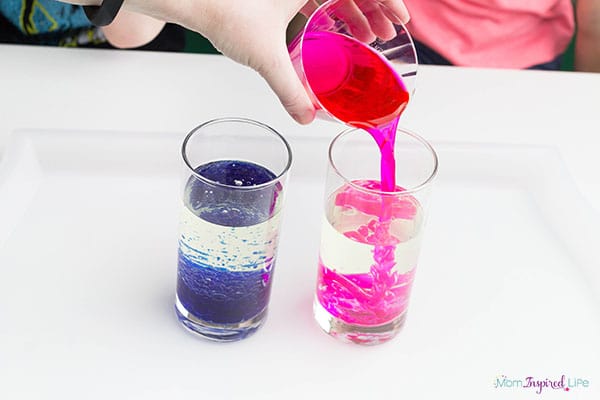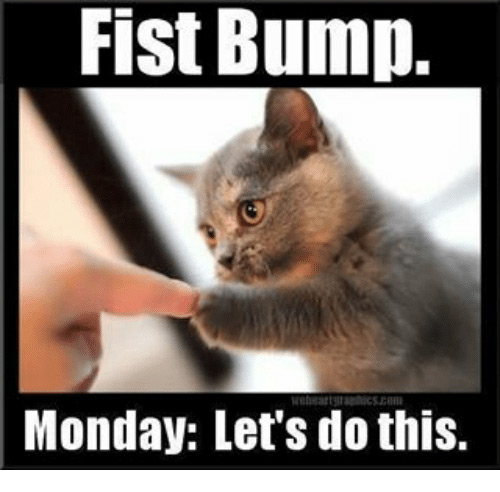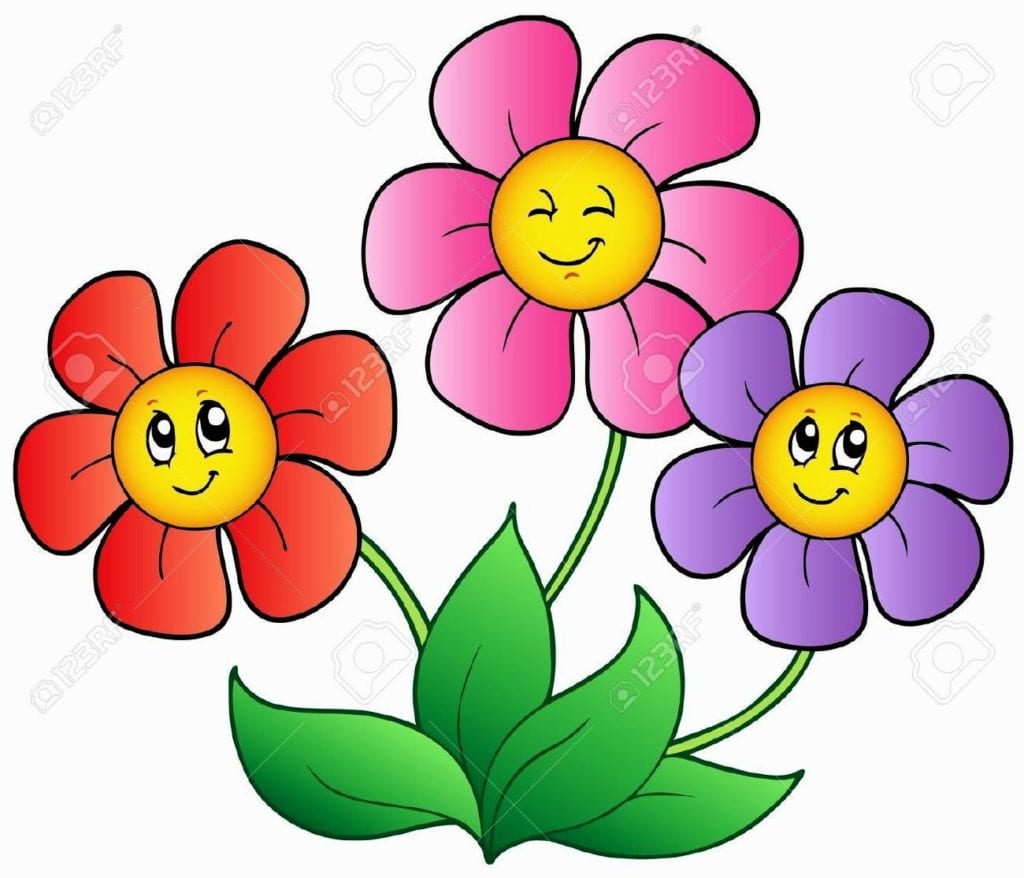Hello,
I am doing a class cookbook. Please send in a recipe with a picture of your child. This will not be graded, rather, it is meant to be fun, and a way to bring us together during this time.
Hello,
I am doing a class cookbook. Please send in a recipe with a picture of your child. This will not be graded, rather, it is meant to be fun, and a way to bring us together during this time.

To begin, color about 1/2 cup of water with food coloring.
Take the Alka Seltzer tablets and break them into 2 or 3 pieces. Place them in a separate small cup or container for later.
Fill a 2nd glass about 3/4 full with vegetable oil. Then pour in the colored water you made until the liquid in the cup is about 1-2 inches from the top.
Add the Alka Seltzer to the oil and water mixture and watch the bubbles!
Why this Science Experiment Works:
The water and oil do not mix and the oil doesn’t change color because the food coloring is water soluble. The Alka Seltzer reacts with the water to make bubbles of carbon dioxide. The bubbles attach themselves to the blobs of colored water and bring them to the top of the glass. When the bubbles pop the blobs of colored water fall back to the bottom of the glass.

Here is a link to Mystery Science “How Rainbows are made” You can watch the video and discuss.
https://mysteryscience.com/mini-lessons/rainbows?code=22204b6725082739db2e0c0cdec12980
Here is a matching activity you can use. Also, I thought it might be fun to exchange recipes since so many of you enjoy cooking. I am attaching a form to fill out. You can send it to me and I can post it on my blog to share.

Making natural ink

The base recipe comes from our friend Jason Logan who showed us how he makes and uses natural inks. Pictured pigments from left to right use the following main ingredients: coffee, black bean, sumac, black walnut, spinach, red cabbage, iris petal, elderberry, turmeric, grape juice, pokeweed berry, buckthorn berry, jicama, onion skin, wild grape, and goldenrod.







Good morning, I hope everyone is doing well and had a great weekend! Today I am going to assign laundry. Some time this week please have your child help with the laundry and take a picture and send it to me. You can attach it via email or to my phone. Thank you.

Next week we will do our online learning session on making predictions. Please look up and review the following vocabulary words to prepare for the lesson.
1.) Observe, 2.) research, 3.) predict, 4.) experiment, 5.) data. Thank you very much. Hope everyone is doing well!
